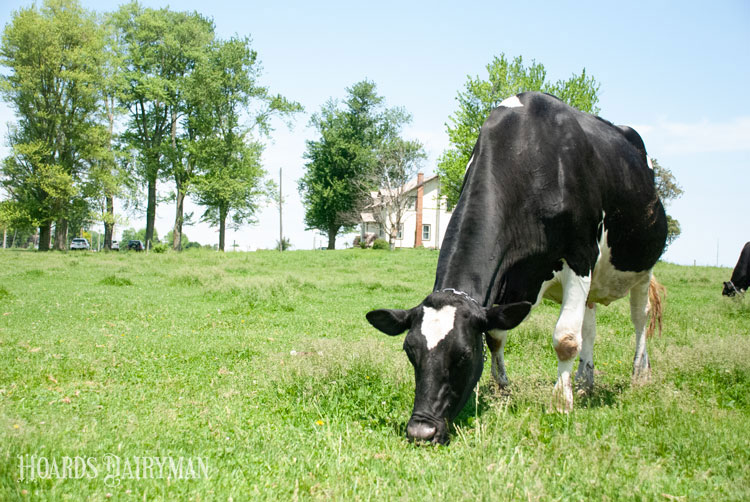
We often talk about reducing the stress put on our dairy cows. And even though there are steps we can take to avoid unnecessary stress, the reality is that cows, especially high-producing cows, are going to experience some degree of stress because of the demands of production, maintenance, reproduction, social hierarchy, and more.
What dairy farmers should be concerned about is the amount of strain a cow is under, proposed Matt Lucy during the Dairy Cattle Reproduction Council Annual Meeting.
The University of Missouri professor explained that the concept of stress versus strain is an engineering topic that describes how varying amounts of stress will affect various foundations differently. How much a cow strains to deal with the stress it experiences will depend on how resilient it is and how well it is prepared to put up with the challenges in its environment.
A cow that experiences significant strain from heat, production, nutrition, people, and other stressors will contract disease, have a poor uterine environment or function, and otherwise fall short, Lucy described. On the other hand, resilient cows can experience the same stressors but not strain as much. Think of it as adding heavy weights to a suspension bridge. If the bridge has a stronger foundation with fewer holes, it can support the weight (stress) more easily than a weak bridge that will buckle as weight is added.
Lucy pointed to the example of dairy cows being heavily selected for more milk production for years. Greater milk production reduced the body’s ability to maintain sufficient glucose, which can then elevate levels of non-esterified fatty acids (NEFA) and betahydroxybutyrate (BHB) while lowering insulin-like growth factor 1 (IGF1). Those are negative effects that, in turn, hindered reproductive performance because of the stress of high milk production.
“We stressed them with no way to limit strain on the uterine environment,” Lucy said.
Similarly, he noted that postpartum stress can imprint on oocytes and cause reduced fertility in the future. Just because a cow’s reproductive system is functioning doesn’t necessarily mean it is cycling normally, Lucy described. Further, it also appears that cells that become inflamed during metritis can recall that stress and then function differently, he continued.
What can dairy farmers do to limit extra strain on their animals? One way is to minimize stress that changes how the body responds to future challenges. Avoiding dirty calving environments, keeping animals cool, and using low-stress handling are a few ways to move toward less reproductive strain.
Then there are selection opportunities to build a herd that is more resilient. Genomic data is one way to gather this information, as is breeding from the long-lasting cows already in the herd. Although stress is inevitable, cows that can deal with stress are the ones that every farmer wants to have a barn full of.








